-
 Bitcoin
Bitcoin $83,692.3503
0.83% -
 Ethereum
Ethereum $1,817.6072
1.05% -
 Tether USDt
Tether USDt $0.9997
-0.01% -
 XRP
XRP $2.1571
4.64% -
 BNB
BNB $597.9442
0.92% -
 Solana
Solana $121.3486
4.34% -
 USDC
USDC $1.0000
0.01% -
 Dogecoin
Dogecoin $0.1701
3.73% -
 Cardano
Cardano $0.6627
2.07% -
 TRON
TRON $0.2366
-0.80% -
 Chainlink
Chainlink $12.9968
1.79% -
 UNUS SED LEO
UNUS SED LEO $8.9254
-4.67% -
 Toncoin
Toncoin $3.2910
-5.61% -
 Stellar
Stellar $0.2571
-0.87% -
 Avalanche
Avalanche $18.2770
1.18% -
 Sui
Sui $2.2536
2.53% -
 Shiba Inu
Shiba Inu $0.0...01238
1.05% -
 Hedera
Hedera $0.1630
0.81% -
 Litecoin
Litecoin $83.8930
0.33% -
 Polkadot
Polkadot $4.0032
-0.63% -
 MANTRA
MANTRA $6.2613
-0.60% -
 Bitcoin Cash
Bitcoin Cash $303.7265
-0.19% -
 Bitget Token
Bitget Token $4.5099
0.36% -
 Dai
Dai $1.0001
0.01% -
 Ethena USDe
Ethena USDe $0.9990
-0.06% -
 Pi
Pi $0.6727
25.93% -
 Hyperliquid
Hyperliquid $12.0801
5.29% -
 Monero
Monero $216.8337
0.33% -
 Uniswap
Uniswap $5.9215
0.58% -
 OKB
OKB $51.4710
9.89%
How to invest in cryptocurrency?
By investing in cryptocurrency through a reliable exchange, securely storing your assets, and monitoring market trends, you can take advantage of the potential growth opportunities in the digital currency landscape.
Oct 08, 2024 at 10:32 am
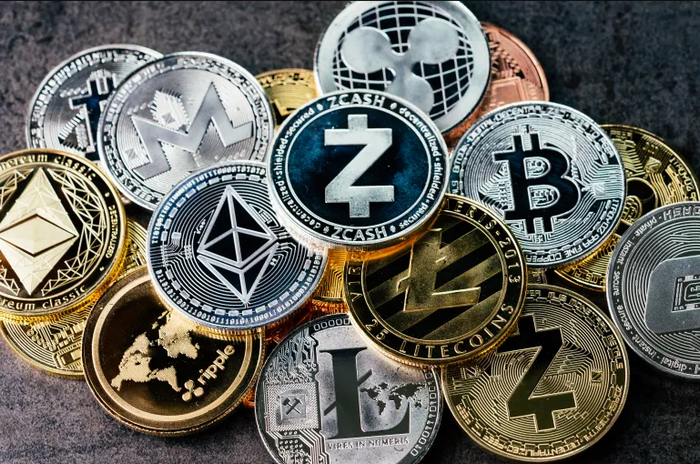
How to Invest in Cryptocurrency
1. Understand Cryptocurrency and Blockchain
- Cryptocurrency is a digital or virtual currency secured by cryptography.
- Blockchain is a decentralized ledger system that records cryptocurrency transactions.
2. Choose a Cryptocurrency Exchange
- Centralized exchanges (e.g., Binance, Coinbase) offer a user-friendly platform.
- Decentralized exchanges (e.g., Uniswap, PancakeSwap) provide anonymity but have limited liquidity.
3. Create an Account and Verify Identity
- Provide personal information, such as name, email, and address.
- Verify your identity with government-issued ID or passport.
4. Deposit Funds
- Link your bank account or debit/credit card to the exchange.
- Transfer funds to the exchange's wallet.
5. Research Cryptocurrencies
- Identify cryptocurrencies based on market capitalization, technology, and use cases.
- Read whitepapers and analyze price charts to make informed decisions.
6. Place an Order
- Select the cryptocurrency you want to invest in.
- Specify the amount you want to purchase.
- Choose the order type (market order, limit order, etc.).
7. Store Your Cryptocurrency
- Use a hardware wallet for secure offline storage.
- Consider storing some cryptocurrency on the exchange for convenience.
8. Monitor and Manage Your Investment
- Track the performance of your cryptocurrencies using exchange dashboards.
- Rebalance your portfolio as needed based on market conditions.
9. Consider Dollar-Cost Averaging (DCA)
- Invest a fixed amount of money into cryptocurrency at regular intervals.
- Helps reduce the impact of market volatility and potentially increase average returns.
10. Seek Professional Advice
- Consult with a financial advisor experienced in cryptocurrency to develop a personalized investment strategy.
Disclaimer:info@kdj.com
The information provided is not trading advice. kdj.com does not assume any responsibility for any investments made based on the information provided in this article. Cryptocurrencies are highly volatile and it is highly recommended that you invest with caution after thorough research!
If you believe that the content used on this website infringes your copyright, please contact us immediately (info@kdj.com) and we will delete it promptly.
- title: Dogecoin (DOGE) Shows Resilience Despite Bitcoin (BTC) and Altcoin Market Downturn
- 2025-04-05 18:20:12
- Fartcoin (STPT) Down After Explosive Rally as Investors Take Profits
- 2025-04-05 18:20:12
- NodeOps Network Unveils Innovative Pre-Sale Price Discovery Mechanism
- 2025-04-05 18:15:12
- MIND of Pepe Presale Closes On $8 Million – Next Crypto To Explode?
- 2025-04-05 18:15:12
- The Next Bitcoin Treasury Company May Not Be a U.S. Tech Giant
- 2025-04-05 18:10:12
- Market Greed Turns to Bloodbath as Nearly $300M Worth of Perpetual Futures Positions Get Liquidated
- 2025-04-05 18:10:12
Related knowledge
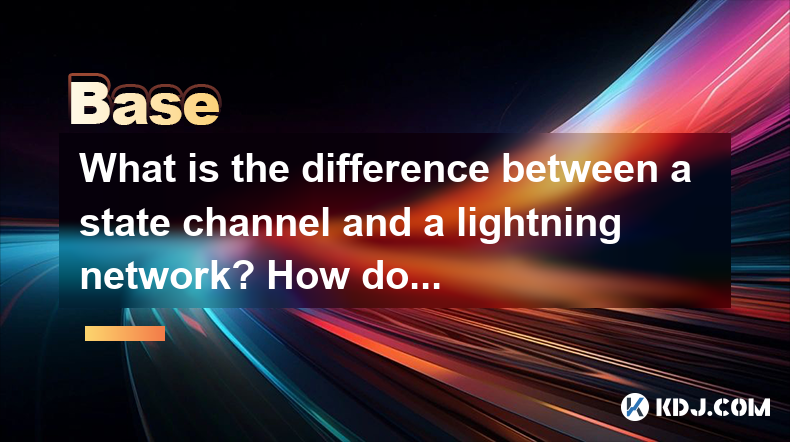
What is the difference between a state channel and a lightning network? How do they improve transaction efficiency?
Apr 05,2025 at 05:21pm
State channels and the Lightning Network are two significant technologies within the cryptocurrency ecosystem aimed at improving transaction efficiency on blockchain networks. Both solutions address the scalability issues of blockchain systems, particularly in handling a high volume of transactions quickly and with low fees. However, they operate differ...

Why is the oracle called the bridge between blockchain and the real world?
Apr 04,2025 at 04:00am
The concept of an oracle in the cryptocurrency and blockchain world is crucial for understanding how these decentralized systems interact with external data. The oracle is often referred to as the bridge between blockchain and the real world because it serves as a vital intermediary that fetches, verifies, and transmits off-chain data to the on-chain en...
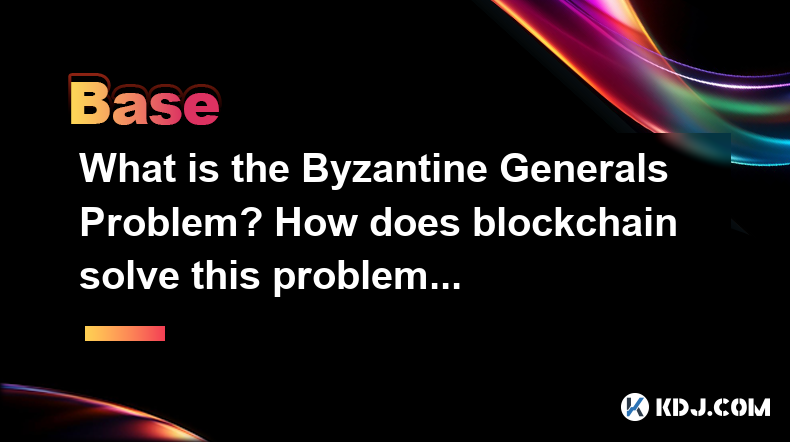
What is the Byzantine Generals Problem? How does blockchain solve this problem?
Apr 05,2025 at 06:29am
The Byzantine Generals Problem is a classic problem in the field of distributed computing and computer science, which has significant implications for the reliability and security of decentralized systems, including blockchain technology. This problem is named after a hypothetical scenario involving several generals of the Byzantine army who must coordi...

What role does the Merkle tree play in the blockchain? Why can it verify data integrity?
Apr 04,2025 at 01:29pm
The Merkle tree plays a crucial role in the blockchain, primarily due to its ability to efficiently and securely verify data integrity. This article will delve into the structure of a Merkle tree, its implementation in blockchain, and how it ensures the integrity of data. Understanding the Structure of a Merkle TreeA Merkle tree, also known as a hash tr...
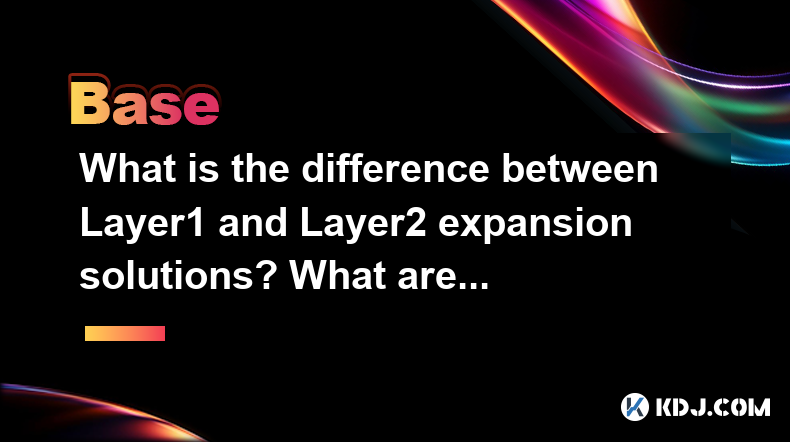
What is the difference between Layer1 and Layer2 expansion solutions? What are their advantages and disadvantages?
Apr 05,2025 at 12:49pm
In the world of cryptocurrencies and blockchain technology, scalability is a critical issue that developers and users alike grapple with. To address this, the industry has developed various solutions, primarily categorized into Layer1 and Layer2 expansion solutions. Understanding the differences between these two approaches, along with their respective ...
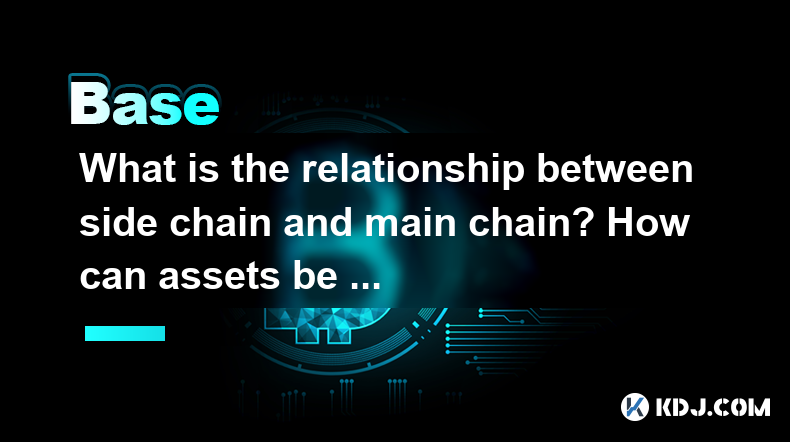
What is the relationship between side chain and main chain? How can assets be transferred between the two securely?
Apr 05,2025 at 07:00pm
The relationship between side chains and main chains is a fundamental concept in blockchain technology that enables enhanced scalability, privacy, and functionality. Side chains are separate blockchains that are linked to a main chain—typically a well-established blockchain like Bitcoin or Ethereum. This connection allows assets to be transferred betwee...

What is the difference between a state channel and a lightning network? How do they improve transaction efficiency?
Apr 05,2025 at 05:21pm
State channels and the Lightning Network are two significant technologies within the cryptocurrency ecosystem aimed at improving transaction efficiency on blockchain networks. Both solutions address the scalability issues of blockchain systems, particularly in handling a high volume of transactions quickly and with low fees. However, they operate differ...

Why is the oracle called the bridge between blockchain and the real world?
Apr 04,2025 at 04:00am
The concept of an oracle in the cryptocurrency and blockchain world is crucial for understanding how these decentralized systems interact with external data. The oracle is often referred to as the bridge between blockchain and the real world because it serves as a vital intermediary that fetches, verifies, and transmits off-chain data to the on-chain en...

What is the Byzantine Generals Problem? How does blockchain solve this problem?
Apr 05,2025 at 06:29am
The Byzantine Generals Problem is a classic problem in the field of distributed computing and computer science, which has significant implications for the reliability and security of decentralized systems, including blockchain technology. This problem is named after a hypothetical scenario involving several generals of the Byzantine army who must coordi...

What role does the Merkle tree play in the blockchain? Why can it verify data integrity?
Apr 04,2025 at 01:29pm
The Merkle tree plays a crucial role in the blockchain, primarily due to its ability to efficiently and securely verify data integrity. This article will delve into the structure of a Merkle tree, its implementation in blockchain, and how it ensures the integrity of data. Understanding the Structure of a Merkle TreeA Merkle tree, also known as a hash tr...

What is the difference between Layer1 and Layer2 expansion solutions? What are their advantages and disadvantages?
Apr 05,2025 at 12:49pm
In the world of cryptocurrencies and blockchain technology, scalability is a critical issue that developers and users alike grapple with. To address this, the industry has developed various solutions, primarily categorized into Layer1 and Layer2 expansion solutions. Understanding the differences between these two approaches, along with their respective ...

What is the relationship between side chain and main chain? How can assets be transferred between the two securely?
Apr 05,2025 at 07:00pm
The relationship between side chains and main chains is a fundamental concept in blockchain technology that enables enhanced scalability, privacy, and functionality. Side chains are separate blockchains that are linked to a main chain—typically a well-established blockchain like Bitcoin or Ethereum. This connection allows assets to be transferred betwee...
See all articles




















































































